Government Regulations and Support
Government regulations aimed at enhancing public health and safety are playing a crucial role in shaping the Sanitization Robot Market. Many governments are implementing stringent guidelines that mandate the use of advanced sanitization technologies in public spaces, such as airports, schools, and hospitals. This regulatory push is expected to drive the adoption of sanitization robots, as organizations strive to comply with these standards. Furthermore, government support in the form of grants and subsidies for technological innovation in the sanitization sector is likely to encourage more companies to enter the market. As a result, the Sanitization Robot Market is poised for growth, with an increasing number of players developing innovative solutions to meet regulatory demands.
Increased Investment in Automation
The trend towards automation in various industries is significantly impacting the Sanitization Robot Market. Businesses are increasingly recognizing the benefits of automating sanitization processes to enhance efficiency and reduce operational costs. This shift is particularly evident in sectors such as retail and hospitality, where maintaining cleanliness is essential for customer satisfaction. The market is witnessing a rise in investments from both private and public sectors, with estimates suggesting that the global investment in automation technologies could reach over 100 billion dollars by 2026. This influx of capital is likely to accelerate the development and deployment of sanitization robots, further driving the growth of the Sanitization Robot Market.
Focus on Environmental Sustainability
The growing emphasis on environmental sustainability is emerging as a significant driver for the Sanitization Robot Market. Organizations are increasingly seeking eco-friendly sanitization solutions that minimize chemical usage and reduce waste. Sanitization robots equipped with advanced technologies, such as UV-C light and electrostatic spraying, offer effective cleaning methods that align with sustainability goals. This trend is particularly relevant in sectors like hospitality and food service, where there is a strong consumer preference for environmentally responsible practices. As businesses strive to enhance their sustainability profiles, the demand for innovative sanitization robots is expected to rise, thereby contributing to the overall growth of the Sanitization Robot Market.
Rising Awareness of Hygiene Standards
In recent years, there has been a marked increase in awareness regarding hygiene standards across various sectors, including healthcare, hospitality, and education. This heightened awareness is a key driver for the Sanitization Robot Market, as organizations seek to implement effective sanitization solutions to meet regulatory requirements and consumer expectations. The demand for automated sanitization solutions is particularly pronounced in healthcare facilities, where the need for stringent hygiene practices is paramount. According to industry estimates, the healthcare segment alone accounts for nearly 40% of the total market share in the Sanitization Robot Market. This trend is likely to continue, as more sectors recognize the importance of maintaining high hygiene standards, thereby fueling the demand for sanitization robots.
Technological Innovations in Robotics
The Sanitization Robot Market is experiencing a surge in technological innovations, particularly in robotics and artificial intelligence. These advancements enable robots to perform complex tasks with greater efficiency and accuracy. For instance, the integration of machine learning algorithms allows sanitization robots to adapt to various environments, optimizing their cleaning routes and methods. As a result, the operational efficiency of these robots is significantly enhanced, leading to reduced labor costs and improved sanitization outcomes. The market is projected to grow at a compound annual growth rate of approximately 20% over the next five years, driven by these technological advancements. Companies are increasingly investing in research and development to create more sophisticated sanitization robots, which could further propel the growth of the Sanitization Robot Market.


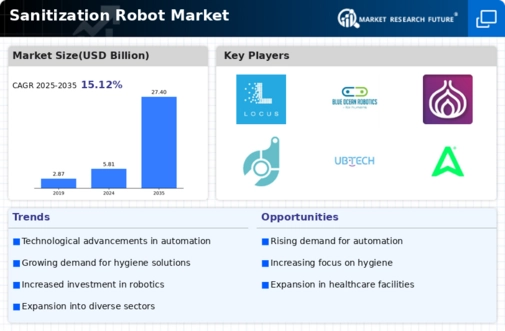
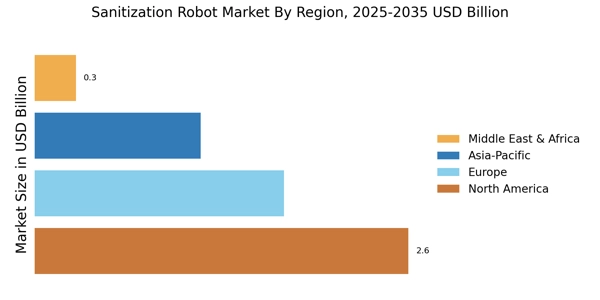
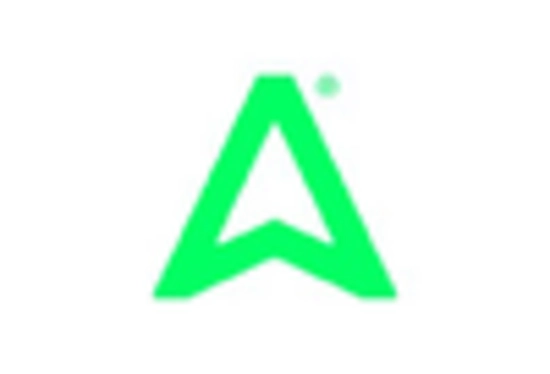
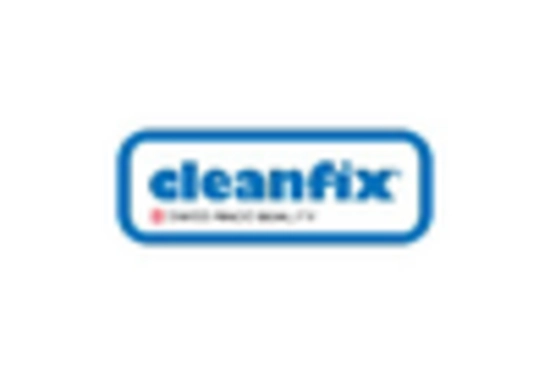
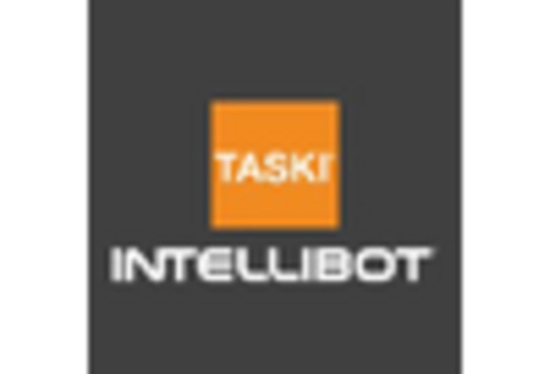
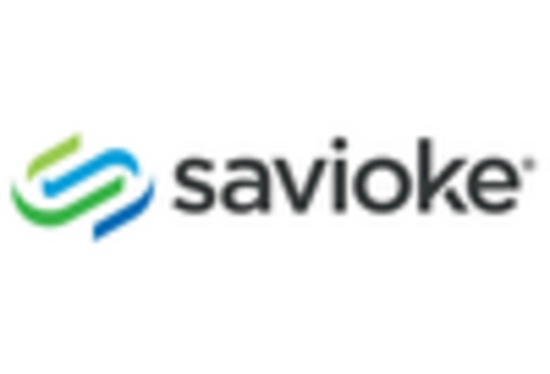
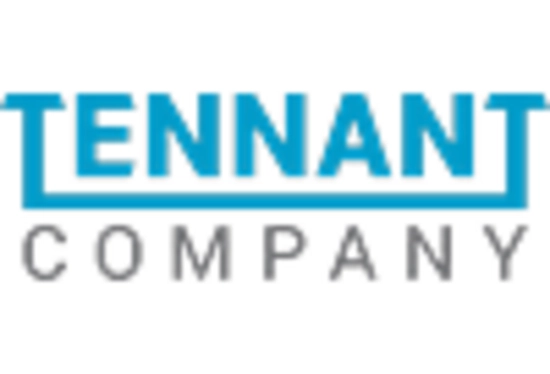
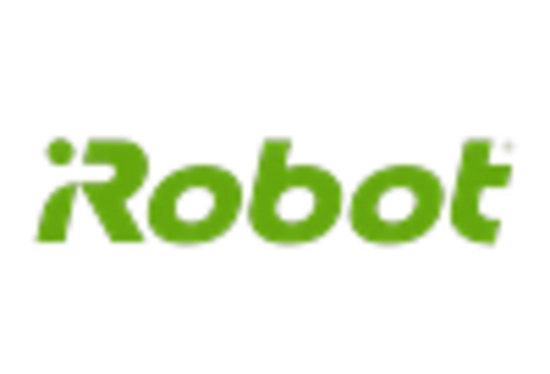








Leave a Comment